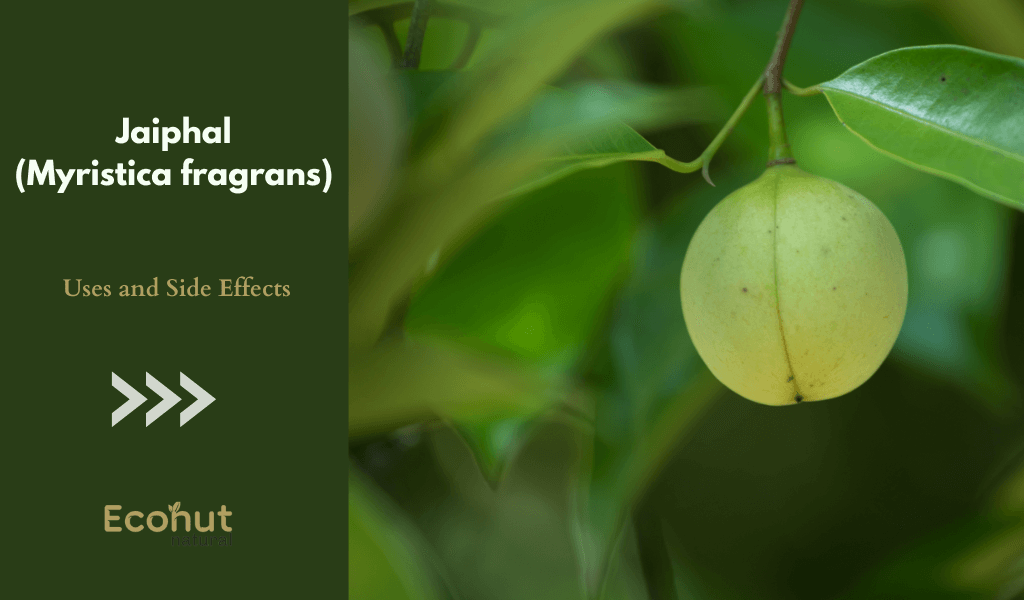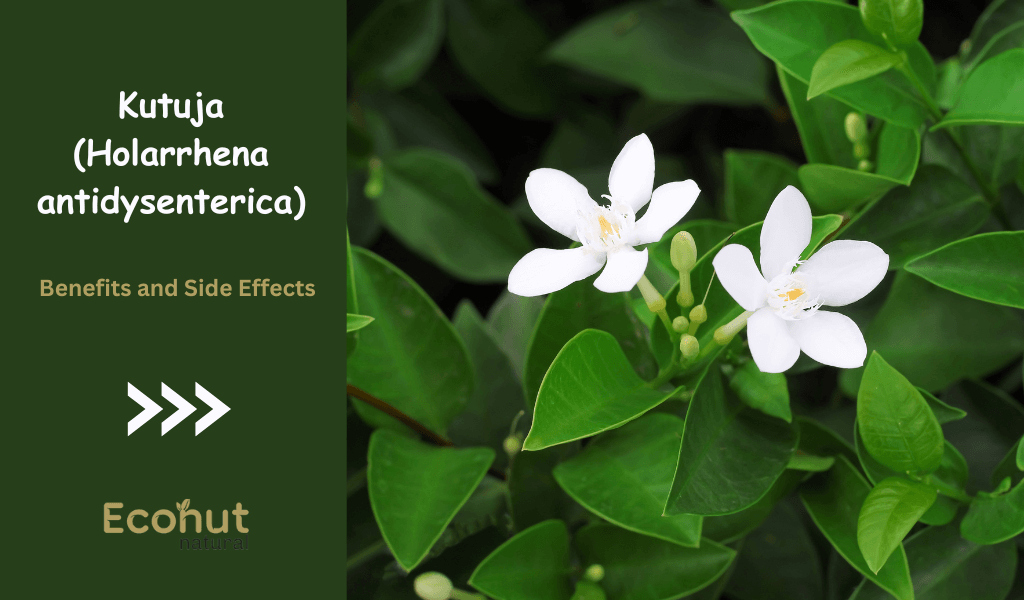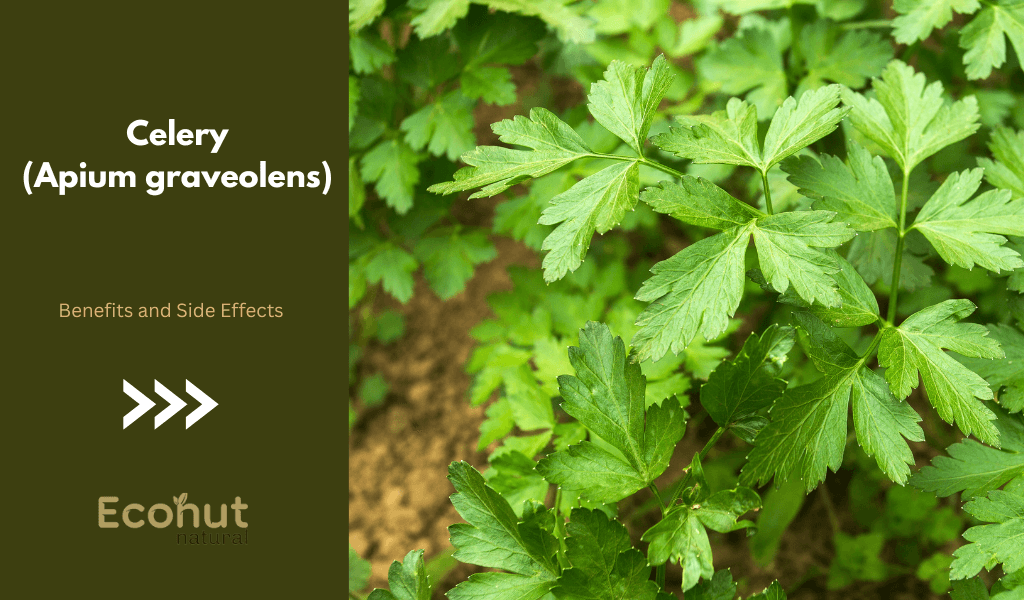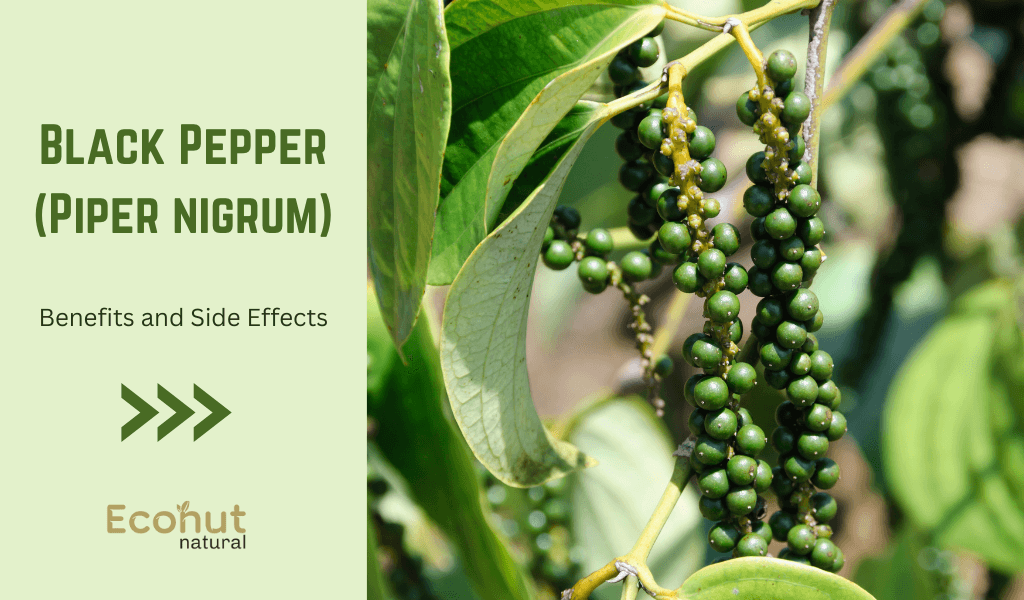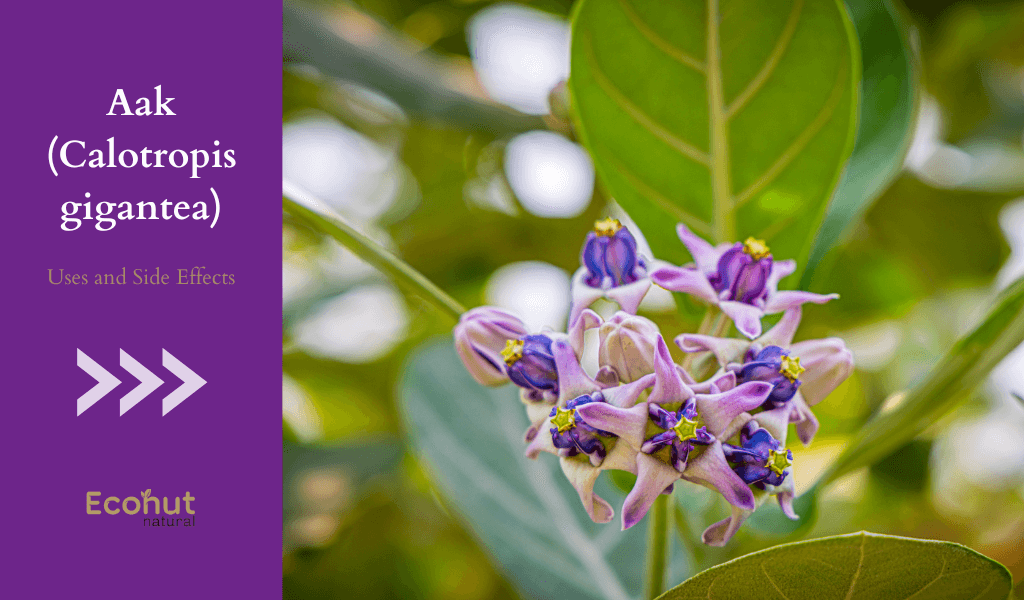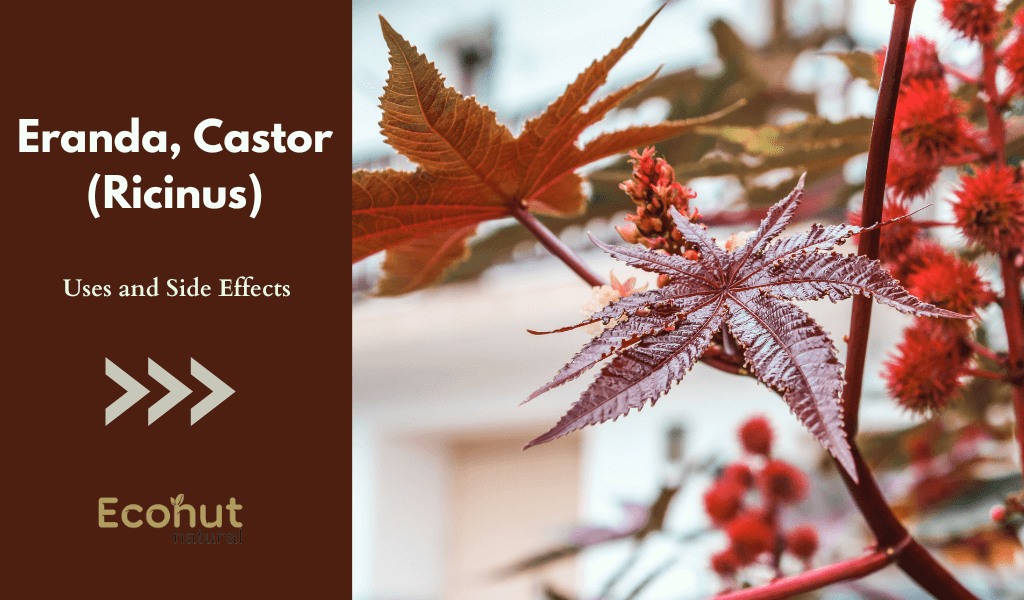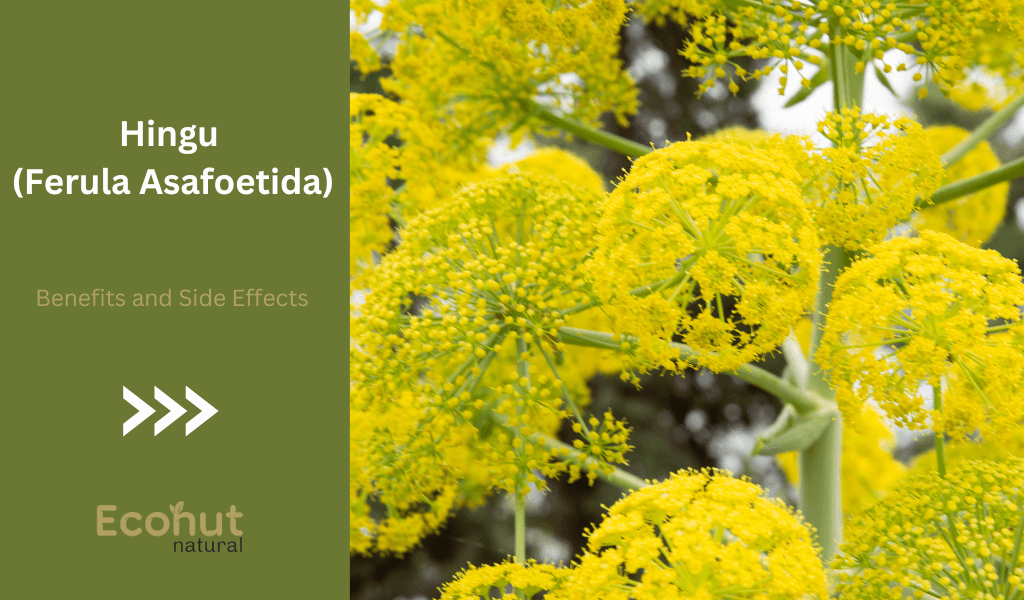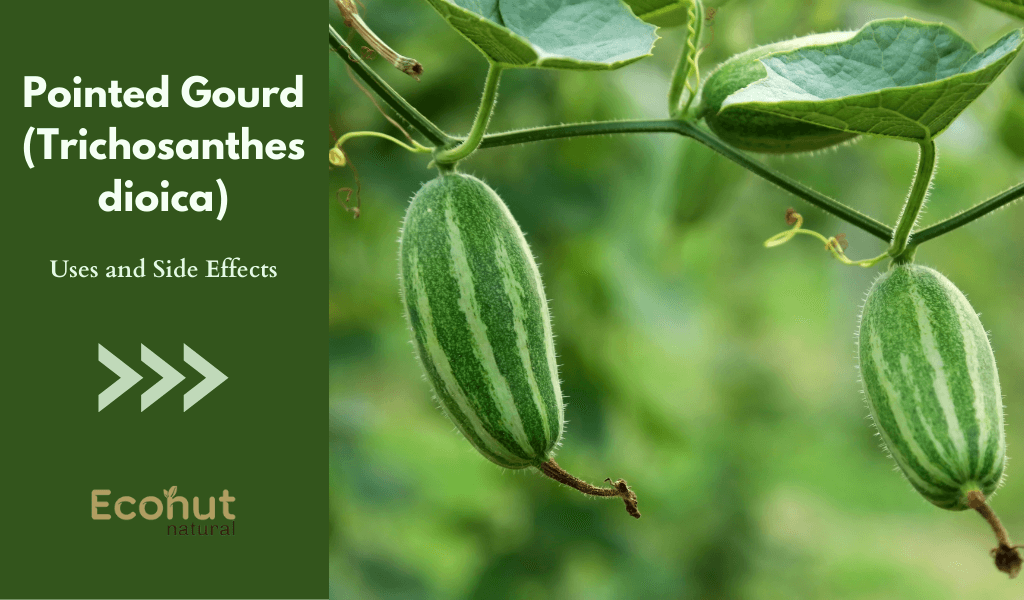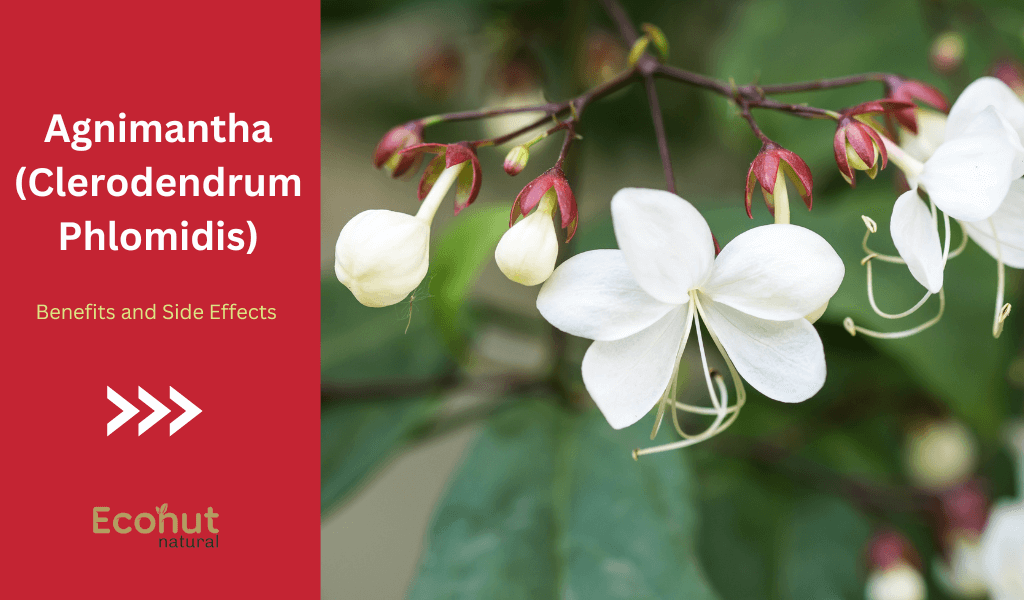Jatiphala, Jaiphal (Myristica fragrans): Uses, Benefits and Side Effects
Jatiphala, also refered as Jaiphal, refers to the nutmeg tree, scientifically called Myristica fragrans. It’s native to Indonesia and is famous for two spices derived from it: nutmeg and mace. Nutmeg is the seed of the tree, while mace is the reddish aril covering the seed. Both spices have been used for centuries in cooking, … Read more

